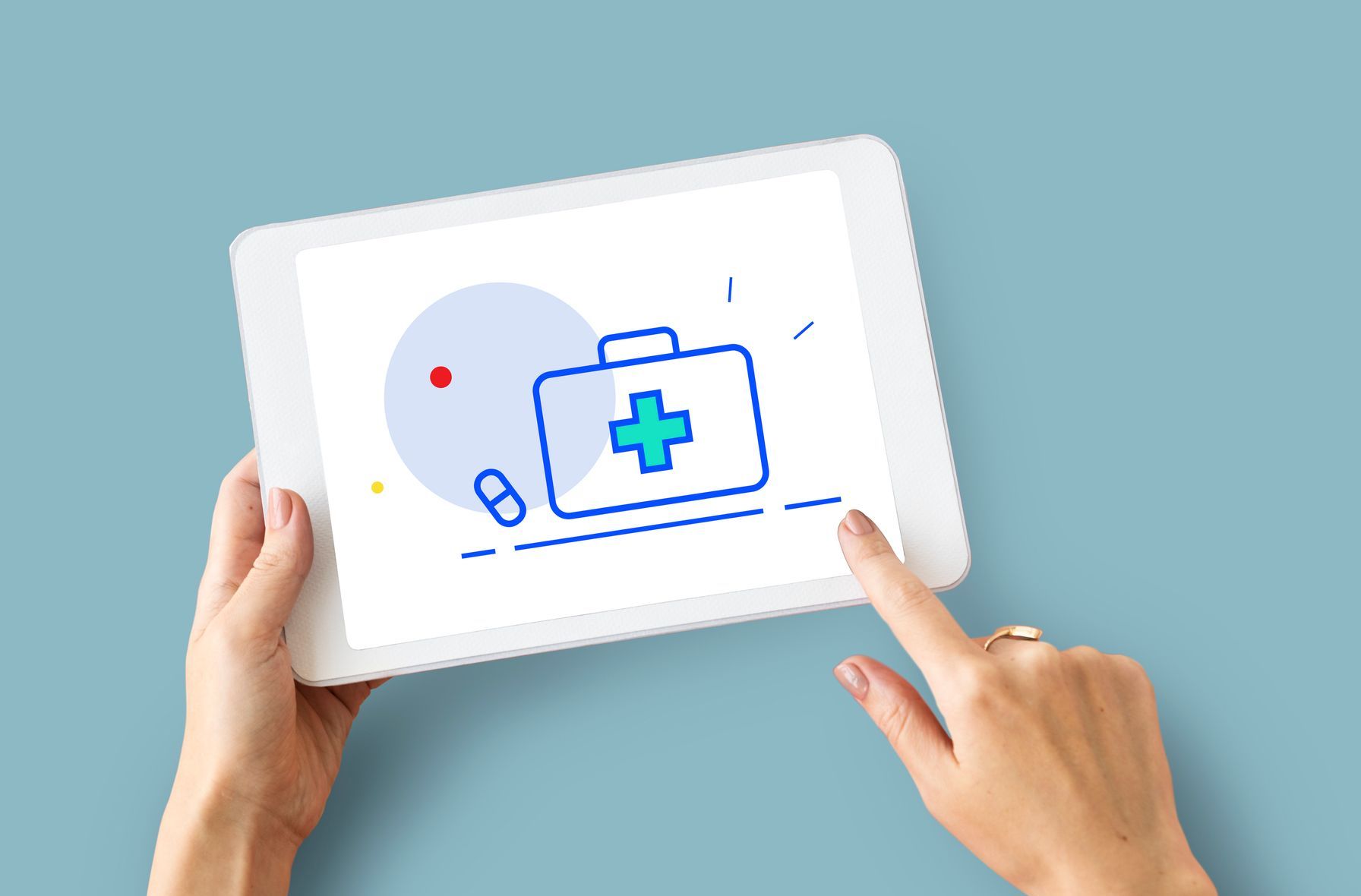The Edge - Thought Leadership on the Epic (EHR)
Navigating Patient Portals Responsibly: A Guide to Managing Expectations

Patient portals have transformed the way we interact with our healthcare providers, offering convenience and accessibility like never before. While these digital platforms offer numerous benefits, it's crucial for patients to understand the boundaries and limitations they come with.
In a 2016 interview study conducted by the Agency for Healthcare Research and Quality, several healthcare providers voiced their concerns and frustrations with patient portals. As one physician stated, "I’ve heard of other colleagues who have had patients who maybe sort of abuse it, and write a little too many emails back and forth, and are just – you know, it’s one question after the next after the next after the next.”
By optimizing communication via patient portals, we can reduce the demands placed on healthcare providers and provide better patient care.
In this blog post, I'll explore five ways that patients can use patient portals responsibly.
1. Understanding the Purpose:
Patient portals are designed to enhance communication and provide access to medical information. However, doctors want patients to realize that they may not always be able to respond instantly. These portals are not meant for urgent medical inquiries or emergencies. If you have a pressing concern, it's essential to contact your healthcare provider's office directly or seek medical attention as needed.
2. Respect Response Times:
Doctors have busy schedules, including patient appointments, surgeries, and administrative tasks. Patient portals offer a convenient channel for non-urgent communication, but it's important to respect the response times outlined by your healthcare provider. Understand that they may need a reasonable amount of time to review your message and provide a thoughtful response.
3. Prioritize Urgent Matters:
If you have a medical concern that requires immediate attention, patient portals are not the appropriate platform. Patients should be aware that in such cases, they should seek assistance through more direct and urgent channels, such as calling the healthcare provider's office, visiting an urgent care facility, or even calling emergency services if necessary.
4. Set Realistic Expectations:
While patient portals offer a convenient way to communicate, doctors want patients to recognize that responses may take some time. It's advisable to set realistic expectations for when you might receive a reply. If you don't receive a response within the expected time frame, you can consider following up through the appropriate channels.
5. Use for Administrative Tasks:
Patient portals are fantastic tools for managing administrative tasks such as scheduling appointments, requesting prescription refills, and viewing test results. Patients are encouraged to use these features for streamlined healthcare management, freeing up valuable time during in-person appointments for more in-depth medical discussions.
Patient portals have revolutionized the healthcare landscape by providing patients with unprecedented access to their medical information and enabling communication with healthcare providers. While these platforms offer convenience, it's essential for patients to use them responsibly and manage their expectations regarding response times. By understanding the purpose of patient portals and when to use alternate communication methods, patients can enjoy the benefits of enhanced healthcare management while ensuring that urgent medical needs are addressed promptly and appropriately.
a b c d e f g h i j k l m n o - Do not remove from template!!! it is important to support different fonts

john@johnfaulkner.co
If you are a healthcare executive, book your Epic Expert Analysis.
After our confidential, 20-minute analysis you will...
- Receive tips to implement
- Unique insight on your issue(s)
- Find new business growth opportunities.